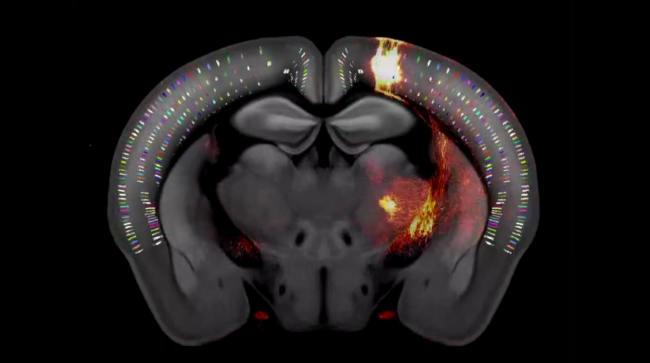After three years of painstaking work, neuroscientists have successfully produced a high-resolution 3D atlas of a mouse brain, which may set the standard for both veterinary and human medicine for decades to come.
The neuroscientists-cum-mapmakers at Seattle’s Allen Institute for Brain Science collected data from the cerebral tissue of nearly 1,700 different animals and divided the mouse brain into tiny virtual 3D blocks they dubbed voxels.
A mouse brain is typically made up of somewhere in the region of 100 million cells across hundreds of different regions, in an area measuring scarcely half an inch. The atlas shows that the brain is comparable to a GPS system – it knows both the user’s exact location and their destination, with the thousands of reference data points between the two making for more effective navigation.
“In the old days, people would define different regions of the brain by eye. As we get more and more data, that manual curation doesn’t scale anymore,” said Lydia Ng, PhD, the senior director of technology at the Allen Institute, who was one of the lead creators of the atlas. “Just as we have a reference genome sequence, you need a reference anatomy.”

Such projects allow neuroscience researchers to more effectively compare and correlate their data in a shared spatial map and register their findings in a uniform and accessible way, improving the pace and quality of research. The team’s complete, high-resolution 3D atlas of the mouse brain was published on Friday in the journal Cell and will likely serve as an invaluable reference point for the neuroscientific community at large.
Also on rt.com Elon Musk says human language will be OBSOLETE in 10 years, after struggling to pronounce his baby’s name on Joe RoganThink your friends would be interested? Share this story!
